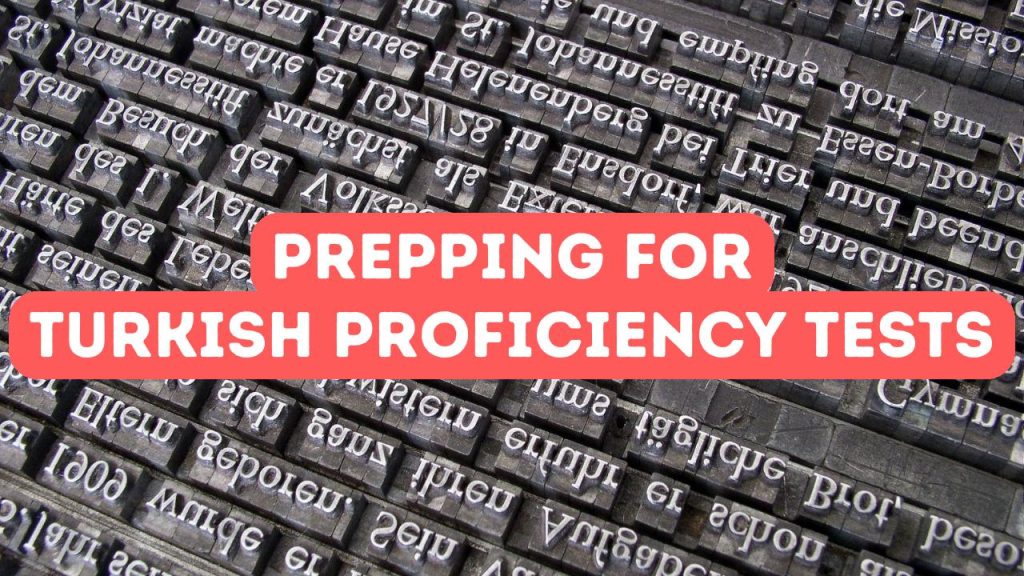Mastering the Intricacies of Turkish Grammar
Turkish grammar, with its seemingly complex structure, is often perceived as a daunting aspect of learning the language, yet it is a cornerstone of the enchanting allure of Turkish. As beginners, students might feel overwhelmed by grammatical conventions distinct from those of Indo-European languages, such as agglutination—the process of adding a sequence of suffixes to a base word to modify its meaning or grammatical function. The initial bewilderment, however, morphs into admiration as learners recognize the logic and pattern behind the construction of words and sentences. It is this systematic unraveling of grammatical layers that provides the first true sense of achievement: an understanding that every conquered linguistic challenge not only enhances communicative abilities but also brings one step closer to the soul of Turkish culture.
Building on this foundation, students of Turkish delight in mastery over the language’s vowel harmony—a rule that requires internal consistency among vowels within a word—and find that it leads to a melodious flow in speech. This linguistic synchronization harmonizes the transition between prefixes, roots, and suffixes, gradually becoming intuitive with practice. The challenge of navigating through exceptions and learning to use context effectively to determine the correct vowel or suffix becomes a rewarding puzzle. Each new rule internalized and each hurdle overcome in the maze of Turkish grammar instills a sense of pride and leads to a richer, more nuanced expression. The diligence required transforms from a formidable obstacle into an intellectual dance with the language, as each step forward in grammatical prowess is indeed a leap towards fluency and cultural immersion.
The culmination of mastering Turkish grammar is the ability to weave words with finesse, crafting sentences as compelling as the stories they convey. This newfound linguistic dexterity opens doors to Turkish literature, poetry, and the subtleties of everyday conversation that teem with cultural idioms and expressions. Therein lies the true triumph: the moment when the learner’s voice melds with the language’s rhythms, expressing thoughts and emotions with the same depth and color as native speakers. It’s these moments—when language learners not only communicate but also connect and contribute to the Turkish-speaking world—where the joy of learning morphs into the lasting joy of having learned, bridging gaps between hearts, minds, and communities across continents.
Embracing the Melody of Turkish Phonology
Diving into the phonology of Turkish is to immerse oneself in a melodious soundscape, where harmonious vowel sounds play by the rules of both simplicity and complexity. The untrained ear might at first get lost in the rhythmic dance of soft and hard consonants, but as learners vocalize their first sentences, a palpable sense of accomplishment washes over them. The initial challenge of Turkish phonetics, with its unwavering respect for vowel harmony, encourages learners to listen intently and mimic precisely, transforming seemingly random sounds into clear, expressive music of human connection. With practice, the once daunting aspects become beloved quirks, as learners uncover the euphonic fluidity that characterizes the Turkish tongue—a language that sings as much as it speaks, binding speakers in aural tradition and contemporary dialogue alike.
Beyond the euphony of its vowel harmony, Turkish phonology delights with its extensive use of palatal and velar sounds, adding texture to the learner’s repertoire of spoken language. Mastery of the soft ‘ğ’, a voiced velar fricative often silent or extending the preceding vowel, provides a touch of authenticity that distinguishes a novice from a more proficient speaker. Embarking on the pronunciation journey, learners may stumble over the distinct Turkish ‘r’, rolling off the tongue with a vibrancy that gives life to the language’s cadence. Whether it’s the guttural hardness of ‘k’ and ‘h’ or the hissing softness of ‘s’ and ‘ş’, each consonant is a stepping stone towards fluency. As practice yields familiarity, articulating these sounds not only fortifies one’s command of Turkish but also instills a musicality in communication, a testament to the learner’s dedication and the language’s inherent charm.
The journey through Turkish phonology culminates in an appreciation for its rhythmic prosody and intonation patterns, components that infuse speech with personality and emotion. Ebbing and flowing with the subtleties of stress and timing, learners find themselves not just parroting syllables but expressing meaning with the ebb and flow of a native speaker. The emphasis placed on certain words can dramatically alter the message, making the difference between a statement and a question, humor and seriousness, or endearment and indifference. As learners master these nuances, they unlock the ability to convey not only thoughts but also the very soul of the language—a triumph that resonates with the joy of every new conversation, and a fluency that goes beyond words to the heart of human expression.
From Beginner to Fluent: Navigating Turkish Language Mastery
Embarking on the quest to master Turkish at a beginner’s level, learners often grapple with the language’s distinct phonetic structure and harmonious vowel system. Initially, these features may seem daunting, but they are key to unlocking the rhythm of spoken Turkish. As novices tune their ears to the unfamiliar sounds and their tongues to the new articulations, they begin to appreciate the music embedded in the language’s cadence. Each syllable pronounced correctly feels like a small victory, propelling learners forward with a newfound confidence. With perseverance, these baby steps grow into strides, and students of the Turkish tongue chart their progression from halting greetings to fluid conversations with a sense of growing excitement and anticipation.
As the journey advances, the challenge escalates with the complex web of Turkish grammar unveiling itself. The intricacies of verb conjugations, the use of cases and postpositions, and the nuances of politeness levels present an intellectual labyrinth that entices and intimidates in equal measure. Yet, it is in the heart of this very complexity that the cultural depth of Turkey becomes tangible. Each grammatical hurdle surmounted offers a richer perspective on the subtleties of Turkish thought and expression. Dialogues become not just exchanges of words, but bridges built of understanding, connecting learners to the stories, humor, and wisdom that have shaped the Turkish way of life. The transformation from confusion to clarity in these moments feels nothing short of magical, making the mastery of challenging grammar not merely an academic achievement, but a key to unlocking the soul of a language.
Reaching fluency is a significant triumph, akin to an artist mastering the brushstrokes that turn a canvas into a masterpiece. For the Turkish language learner, this stage is marked by the seamless weaving of colloquialisms and proverbs into daily speech, a testament to a deep immersion in cultural nuance. Conversations flow with ease, jokes land with the intended punch, and the once formidable language barrier dissolves into a rich tapestry of personal connections and shared experiences. This mastery brings a profound sense of belonging, as learners find themselves not only speaking Turkish but living its ebbs and flows—celebrating traditional festivals with heartfelt joy, partaking in local customs, and forming bonds that transcend words. The journey from beginner to fluent is not merely about learning a language; it is about embodying a culture, finding a second home within its words, and, most importantly, discovering a new facet of oneself amidst the vibrant hues of Turkish life.





